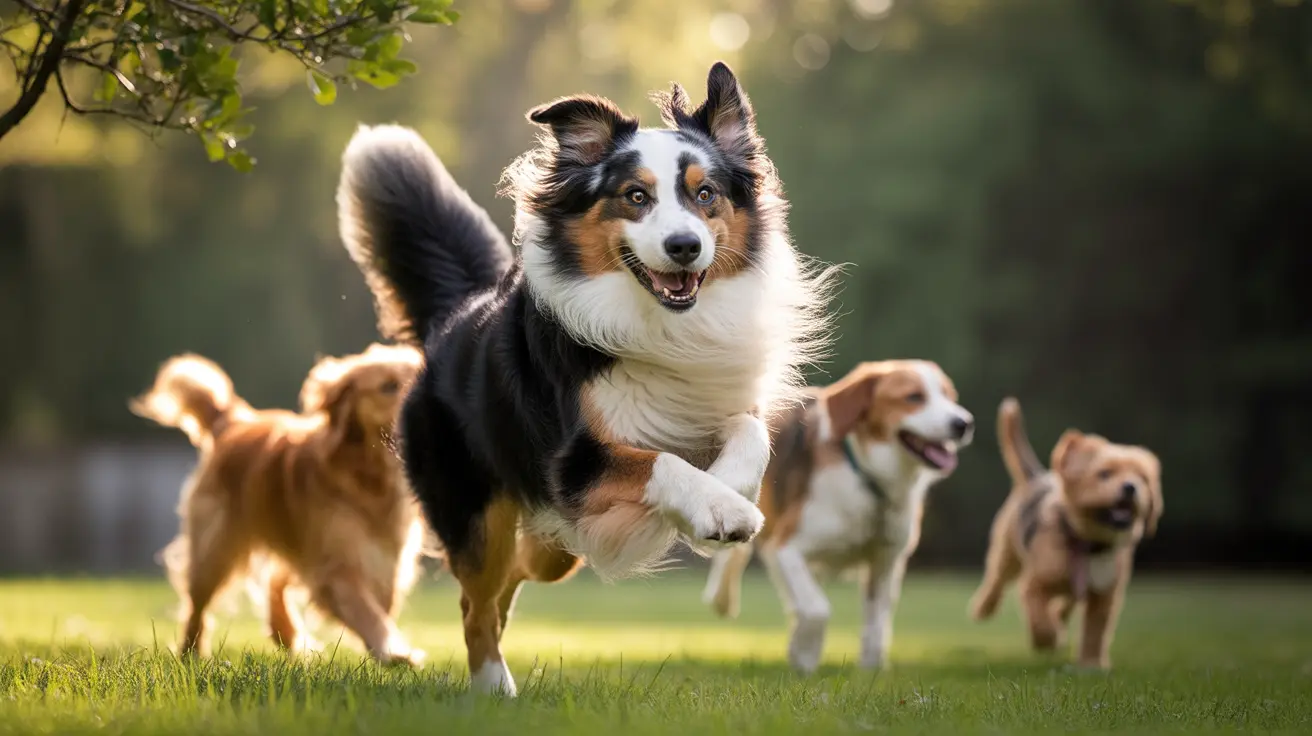Understanding Police Dog Training: Methods, Specializations, and Functions
Police dogs, also known as K-9s, are highly trained working animals that serve alongside law enforcement personnel in various capacities. Their training is intensive, disciplined, and tailored to maximize their natural abilities. Over centuries, the role of police dogs has evolved from simple tracking to include sophisticated and dynamic tasks such as narcotics detection and suspect apprehension.
History and Breeds of Police Dogs
The use of dogs in law enforcement dates back to the Middle Ages, when bloodhounds were utilized in England and France to locate outlaws. The first official police dog service began in Belgium in 1899, setting a model for modern K-9 units globally.
Popular breeds for police service include:
- German Shepherds
- Belgian Malinois
- Dutch Shepherds
- Bloodhounds
- Labrador Retrievers
Other breeds such as Springer Spaniels and Rottweilers may also be used, particularly in detection roles. Dogs are selected based on traits like temperament, focus, drive, and working ability.
Selection and Training Process
Potential K-9s are typically chosen between 1.5 and 3 years old to maximize their working life. Training commences with a matching process between dog and handler; handlers are experienced law enforcement officers who may undergo a competitive selection process.
Initial training focuses on:
- Basic obedience — Immediate and accurate responses to voice and hand commands
- Detection work — Identifying scents of narcotics, explosives, or other evidence
- Apprehension — Controlling and subduing suspects under handler command
- Protection — Guarding handlers and civilians in threatening situations
Training methods emphasize positive reinforcement and are adapted to the language the dog was originally trained in, such as German or Czech. Rather than retrain the dog, handlers learn commands in the dog’s existing language for consistency.
Primary Roles of Police Dogs
Police dogs typically specialize in one of the following roles:
- Patrol (Dual-purpose): Used for suspect apprehension, officer protection, and searching for suspects or property. These dogs are trained to bite and hold only on command, acting as a deterrent to resistance or flight.
- Detection: Trained to identify either narcotics or explosives. Because dogs can’t specify which type they’ve found, they focus on one category. Dual-purpose detection dogs may also have patrol functions.
- Tracking and Search & Rescue: Employed to find missing persons, disaster victims, or deceased individuals. Their scent detection capabilities allow them to track over water or through debris.
Ongoing and Maintenance Training
Training doesn't stop after initial certification. Maintenance training continues throughout the dog’s active service life, ensuring proficiency and quick response times. Daily practice during patrol and weekly formal sessions are standard.
Care, Housing, and Retirement
While on duty, dogs are assigned to a specific handler and live in the handler’s home. Off-duty, they are given rest time in designated areas. Handlers are responsible for the dog’s health, grooming, nutrition, and veterinary care, ensuring the dog remains in optimal condition.
A typical police dog serves 6 to 9 years, after which they are retired—usually remaining with their handler as a family member. Retirement may be prompted by age, injury, or decreased performance ability.
Training Facilities and Cost
The cost of acquiring and training a police dog is substantial. Initial purchase ranges between $8,000 and $45,000, and initial training may add another $10,000 to $13,000. Ongoing costs include:
- Veterinary bills
- Food and supplements
- Training equipment
- Maintenance training costs
- Kenneling and transportation
Funding may come from law enforcement budgets, grants, or community donations.
Legal Protections and Public Perception
Police dogs are considered valuable officers. In many countries, harming a police dog is a criminal offense with serious legal consequences. Dogs killed in the line of duty are honored similarly to fallen human officers.
Contrary to popular belief, police dogs are not inherently aggressive. They are selectively trained to distinguish between civilian interactions and hostile threats. Their socially stable temperaments and neutrality to other animals make them suitable for integration into families post-retirement.
Importance of Police Dogs in Modern Law Enforcement
Thanks to their acute sense of smell, loyalty, and trainability, K-9s play irreplaceable roles in:
- Crime scene investigation
- Drug interdiction
- Threat detection at airports and public events
- Suspect pursuit and crowd control
Modern police dog programs are structured to ensure that dogs are well-socialized, reliable, and safe in both work and home environments.
Final Thoughts
Police dogs are more than tools; they are devoted partners and protectors. Their training is nuanced and rigorous, designed not only for performance but also for their safety and humane treatment. As invaluable members of law enforcement, they embody discipline, strength, and trust—qualities that enrich police work and public security.





